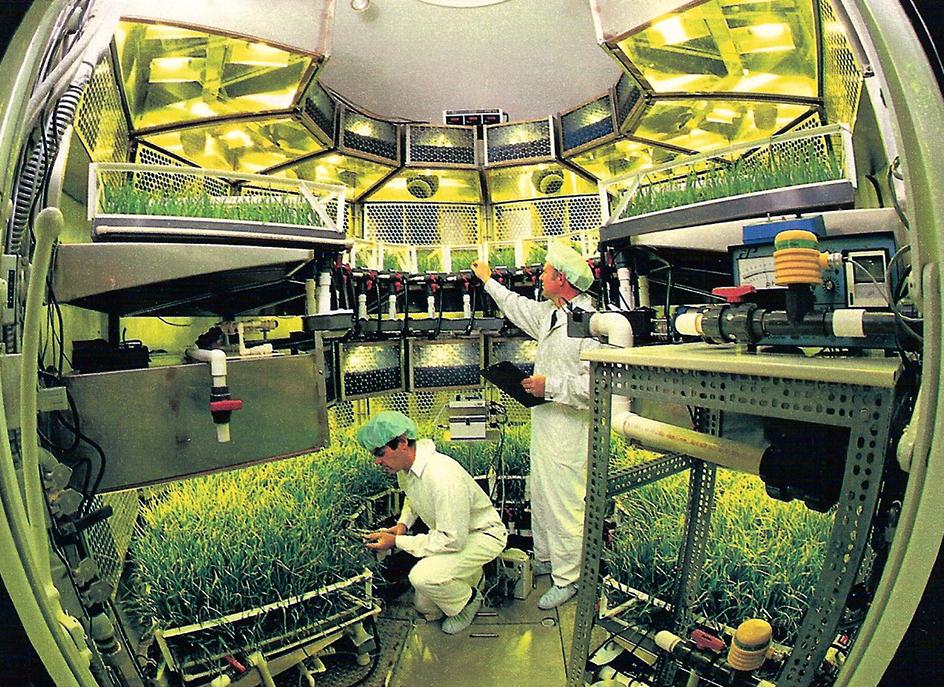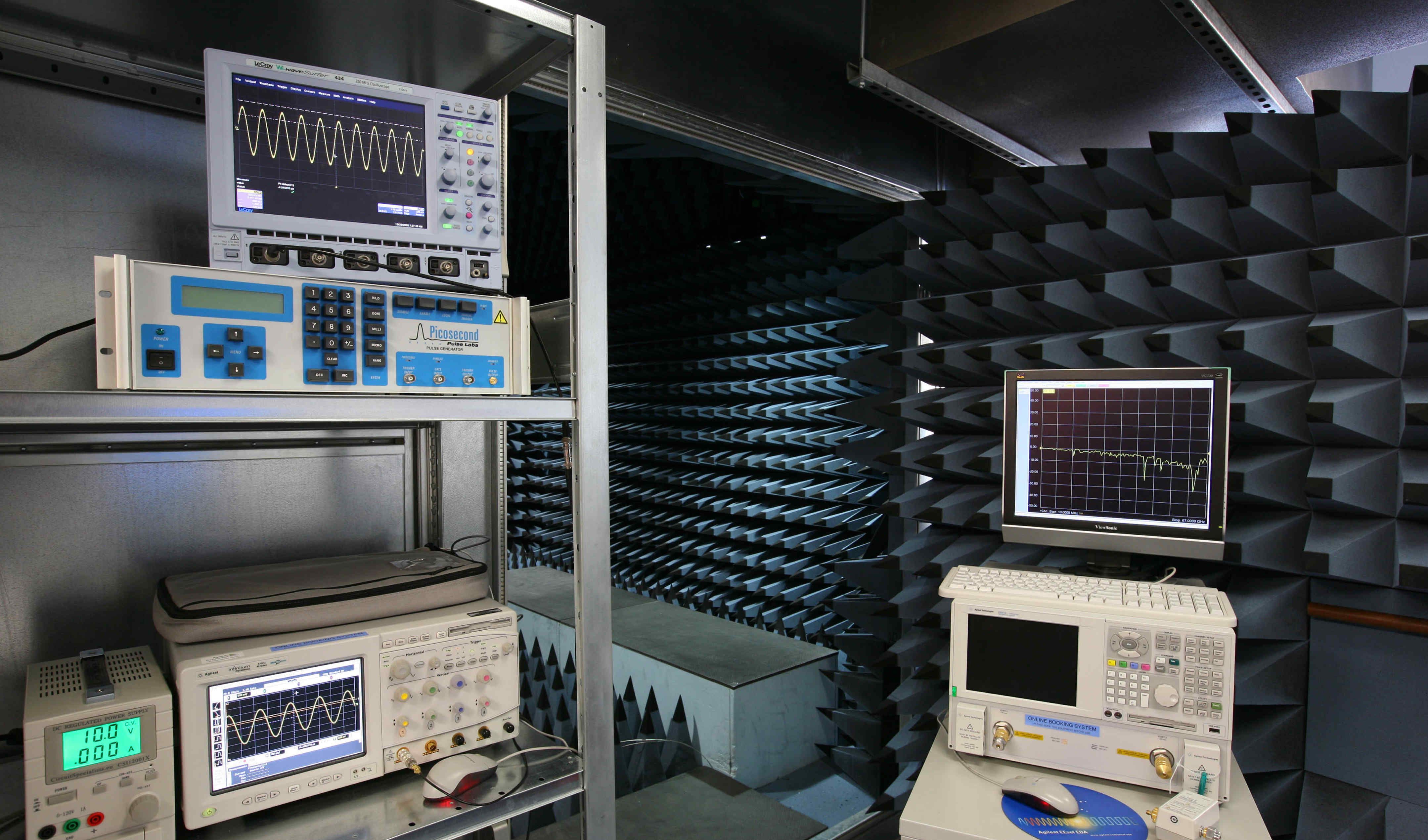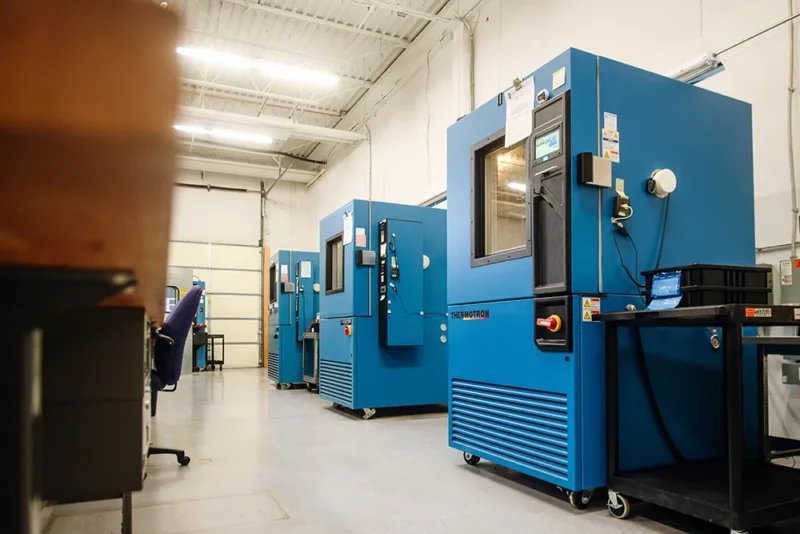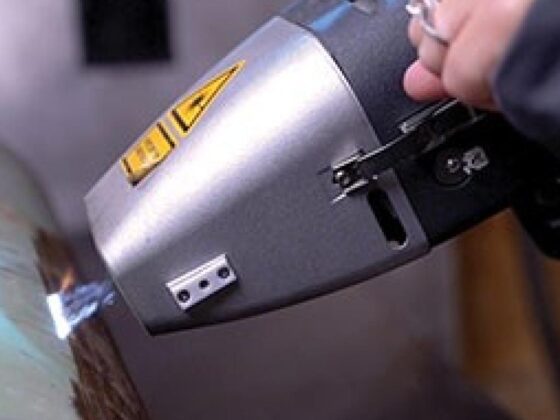Scientific research has long relied on environmental control chambers to achieve reliable and accurate results. Environmental control chambers allow researchers to regulate temperature, humidity, pressure, light levels, and other variables that could affect the outcome of their experiment.
By providing a controlled environment, scientists can be sure that any changes they observe are due to the specific conditions they are testing and not because of outside influences. Such precision is essential for obtaining meaningful data from experiments in fields such as medicine, engineering, and physics.
In this article, we will explore the role of environmental control chambers in scientific research and how these tools help produce more effective outcomes.
Benefits of Using Environmental Control Chambers
Environmental control chambers are essential tools for scientific research. They provide researchers with the ability to accurately monitor and regulate temperature, humidity, and other environmental factors.
This allows scientists to conduct experiments under precise conditions that would otherwise be impossible or difficult to achieve. The use of environmental control chambers comes with several benefits, including increased accuracy in results, improved safety protocols, and greater efficiency when conducting research.
Accuracy is key when conducting experiments in an environmental chamber as it ensures results are not compromised by external factors such as changes in temperature or air quality. By controlling these variables precisely, researchers can obtain reliable data from their studies which can then be used to further knowledge within a given field of science.
Furthermore, because the environment inside an environmental chamber is kept secure from outside interference, safety protocols are also improved; this helps protect both laboratory staff and any equipment used during experimentation from potentially hazardous conditions that could arise if left unchecked. Finally, having access to an environmental chamber greatly increases the speed at which experiments can be conducted due to its ability to maintain constant parameters throughout testing periods; this ultimately leads to more efficient progress being made on various projects within a laboratory setting.
Challenges of Working with Environmental Control Chambers

The challenges of working with environmental control chambers can be quite numerous, from finding the right chamber for a particular application to keeping it well-maintained and operating optimally. Factors such as temperature, humidity, and pressure must be carefully controlled to ensure accurate results.
In addition, these chambers are expensive and require regular servicing or repair when something goes wrong. Furthermore, they need to be monitored closely so that any changes in conditions can be quickly identified and corrected before data is compromised.
Lastly, designing experiments within an environmental chamber requires careful consideration of the specific parameters desired by the researcher so that meaningful results can be obtained from their research efforts.
Future Developments for Environmental Control Chambers
As science and technology rapidly evolve, so too do the capabilities of environmental control chambers. In recent years, there has been a surge in advancements within this field that are pushing the boundaries of what these chambers can achieve.
From using virtual reality to simulate remote locations to utilizing artificial intelligence (AI) algorithms for improved precision and accuracy, researchers are continually finding new ways to utilize environmental control chambers in their experiments. The future development of these essential tools looks very promising as scientists strive towards creating more sophisticated systems that can offer greater insights into our environment and its effects on life forms.
AI-based models will likely be employed to provide an even higher degree of accuracy and control when it comes to maintaining optimal conditions inside the chamber while sensors allow for real-time monitoring and data collection from different parts of the world. Additionally, 3D printing could also play a major role in developing custom components needed for specific projects or research fields where traditional methods may not suffice.
As such, technological innovations like these will surely pave the way for more efficient utilization of environmental control chambers across various disciplines leading us closer to understanding how our planet functions better than ever before
Conclusion

Environmental Control Chambers play an important role in scientific research by providing a controlled environment to conduct experiments. They are essential to the success of many projects, as they can provide researchers with a space that is free from outside interference and can be adjusted depending on their needs.
Furthermore, these chambers allow scientists to study how different variables affect organisms or samples over time without having any external factors such as temperature, humidity or light levels interfere with the results. Ultimately, control chambers give scientists the ability to accurately measure and analyze data which would otherwise be impossible in traditional laboratory settings.


